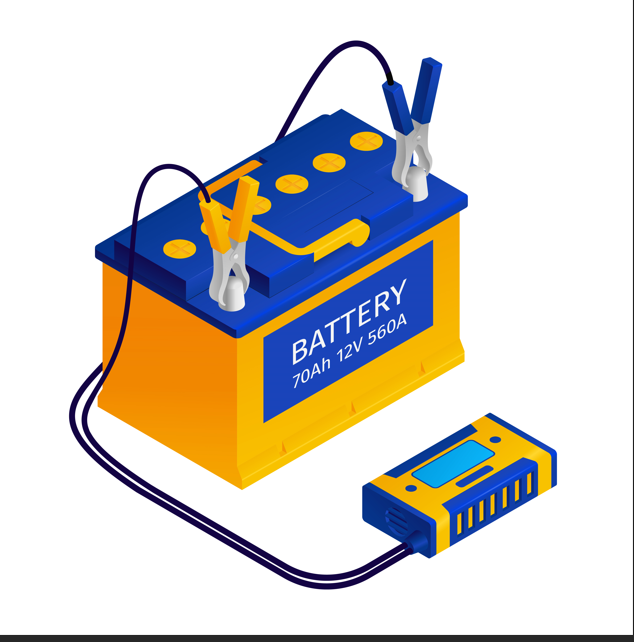Table of Contents
ToggleIntroduction
The clamp on ammeter is a portable instrument designed to give a quick measurement of current flow, without breaking the circuit. There are no connections to be made; it simply clips over the conductor/cable.
It consists of a split core current transformer with a single conductor as shown; the core can be opened temporarily so as to enclose the current carrying conductor without the need for breaking the circuit to connect the ammeter.
Working principle of Clamp on Ammeter

Clamp-on ammeter operates on the principle of induction. A.C in the primary bar conductor produces an alternating magnetic field in the iron core. The changing flux which is associated with the secondary coil induces an alternating e.m.f. in it.
The current flowing through the primary conductor is actually measured. Primary has a single turn (the conductor through which the current to be measured is flowing), but secondary has many turns.
So it acts as a step up transformer where Is = IP /n. This instrument measures the large ac current flowing through the conductor with a dc ammeter. So a bridge rectifier is used for rectification. This rectifier rectifies the ac induced current in the secondary of the current transformer.
The universal shunt (with adjustable resistances) through a range selector switch connected in parallel with the PMMC meter (owing to the high sensitivity) for range extension.
How to measure Current

Select the current range in clamp on ammeter. If Selection of current range is incorrect than it may damage to meter.
Choose the wire in which you want to measure current flow.
Open the clamp on ammeter jaw and keep wire between jaw.
Note the ampere reading.
How to DC/AC Voltage Measurement
The DC Voltage ranges are: 400mV, 4V, 40V, 400V and 600V.
The AC Voltage ranges are: 4V, 40V, 400V and 600V
Insert the red test lead into the Voltage terminal and the black test lead into the COM terminal.
Set the rotary switch DC or AC measurement mode.
Connect the test leads across with the object being measured. The measured value shows on the display.
When DC/AC voltage measurement has been completed, disconnect the connection between the testing leads and the circuit under test and remove testing leads from the input terminals.
How to measuring Resistance
The resistance ranges are: 400Ω, 4kΩ, 40kΩ, 400kΩ, 4MΩ and 40MΩ .
To measure resistance, Insert the red test lead into the Voltgae/Resistance terminal and the black test lead into the COM terminal.
Set the rotary switch to Ω. Resistance measurement
Connect the test leads across with the object being measured. The measured value shows on the display.
To obtain a more precise reading, you could remove the objects being tested from the circuit when measuring. When resistance measurement has been completed, disconnect the connection between the testing leads and the circuit under test and remove testing leads from the input terminals.
How to check Continuity
Insert the red test lead into the voltage red terminal and the black test lead into the COM terminal.
Set the rotary switch to continuity and press SELECT button to select measurement mode
If object continuity is OK, than buzzer sounds happen.



It is very intresting website. I want to join your organisation.
Thanks for appreciation.
For more electrical Knowledge, Please follow my Insta/Telegram/Whatsapp group.
Now, my focus on spread my website content to more readers.
To boost my moral, Please share my website to your friends.